This year's Clifford Lecturer: Tomasz Mrowka | Massachusetts Institute of Technology
Title: Applications of gauge theory to the topology of three manifolds and maybe combinatorics,

Over the past four decades, input from geometry and analysis has been central to progress in the field of low-dimensional topology. This talk will focus on one aspect of these developments, namely the use of Yang-Mills theory, or gauge theory. These techniques were pioneered by Simon Donaldson in his work on 4-manifolds beginning in 1982, but the past ten years have seen new applications of gauge theory, and new interactions with more recent threads in the subject, particularly in 3-dimensional topology and knot theory.
I’ll focus on the question of "How can we detect knottedness?" Many mathematical techniques have found application to this question, but gauge theory in particular has provided its own collection of answers, both directly and through its connection with other tools. Beyond classical knots, we will also take a look at the nearby but less-explored world of spatial graphs.
Invited speakers include:
Lecturer Name Institution TitleTomasz Mrowka | Massachusetts Institute of Technology
Applications of gauge theory to the topology of three manifolds and maybe combinatorics
- Gauge theory for Webs and Foams
- Computational tools
- Local coefficients and Tait colornings
Abstract:
Over the past four decades, input from geometry and analysis has been central to progress in the field of low-dimensional topology. This talk will focus on one aspect of these developments, namely the use of Yang-Mills theory, or gauge theory. These techniques were pioneered by Simon Donaldson in his work on 4-manifolds beginning in 1982, but the past ten years have seen new applications of gauge theory, and new interactions with more recent threads in the subject, particularly in 3-dimensional topology and knot theory.
I’ll focus on the question of "How can we detect knottedness?" Many mathematical techniques have found application to this question, but gauge theory in particular has provided its own collection of answers, both directly and through its connection with other tools. Beyond classical knots, we will also take a look at the nearby but less-explored world of spatial graphs.
John A Baldwin | Boston College
Title:
Khovanov homology, instantons, and link detectionAbstract:
In 2010, Kronheimer and Mrowka proved that Khovanov homology detects the unknot, a categorical version of the famous open question of whether the Jones polynomial detects the unknot. Their proof makes use of a spectral sequence relating Khovanov homology with a version of instanton Floer homology for links. Last year, Steven Sivek and I used their spectral sequence together with ideas in sutured manifold theory and contact geometry to prove that Khovanov homology also detects the right- and left-handed trefoils. I'll discuss this result and some of the key elements of its proof, and speculate on how this confluence of contact geometry and instanton Floer homology might be used to tackle related problems.
Matt Hedden | Michigan State University
Title:
Satellites of Infinite Rank in the Smooth Concordance GroupAbstract:
I'll discuss the way satellite operations act on the concordance group, and raise some questions and conjectures. In particular, I'll conjecture that satellite operations are either constant or have infinite rank, and reduce this to the difficult case of winding number zero satellites. I'll then talk about how to use SO(3) gauge theory to provide a general criterion sufficient for the image of a satellite operation to generate an infinite rank subgroup of smooth concordance, and use this to address the winding zero case. This is joint work with Juanita Pinzon-Caicedo
Jennifer Hom | Georgia Tech
Title:
An infinite-rank summand of the homology cobordism groupAbstract:
We show that the three-dimensional homology cobordism group admits an infinite-rank summand. It was previously known that the homology cobordism group contains an infinite-rank subgroup and a Z-summand. Our proof proceeds by introducing an algebraic variant of the involutive Heegaard Floer package of Hendricks-Manolescu and Hendricks-Manolescu-Zemke. This is joint work with I. Dai, M. Stoffregen, and L. Truong.
Paul Kirk | Indiana University Bloomington
Title:
Traceless SU(2) character varieties of 2-tanglesAbstract:
We will describe examples, results and conjectures concerning spaces of SU(2) representations of fundamental groups of 2-tangle complements which send meridians to traceless matrices.
Francesco Lin | Princeton University
Title:
Monopole Floer homology and spectral geometryAbstract:
By studying the Seiberg-Witten equations, Kronheimer and Mrowka defined a package of invariants of three-manifolds called monopole Floer homology. In this talk, we discuss some interactions between this topological invariant and the spectral geometry of the Laplacian on the underlying Riemannian manifold, with the goal of understanding concrete examples of hyperbolic and Solv manifolds.
Nikolai Saveliev | University of Miami
Title:
On the monopole Lefschetz numberAbstract:
Given an involution on a rational homology 3-sphere Y with quotient the 3-sphere, we prove a formula for the Lefschetz number of the map induced by this involution in the reduced monopole Floer homology of Y. This formula is motivated by a variant of Witten's conjecture relating the Donaldson and Seiberg-Witten invariants of 4-manifolds. It has various applications in 4-dimensional topology, gauge theory, knot theory, and contact geometry.
This is a joint project with Jianfeng Lin and Daniel Ruberman.
Steven Sivek | Imperial College London
Title:
Instanton L-space knotsAbstract:
A rational homology sphere is said to be an instanton L-space if its framed instanton homology has the smallest rank possible, in analogy with Heegaard Floer homology; familiar examples include lens spaces and the branched double covers of quasi-alternating knots. We conjecture that if Dehn surgery on some knot K in S^3 produces an instanton L-space, then K is fibered and its Seifert genus equals its smooth slice genus. In this talk, we discuss a strategy for proving this conjecture in which we get rank bounds from studying a natural operator on the instanton homology of the zero-surgery on K. We also discuss some applications to the fundamental groups of Dehn surgeries on knots. This is joint work in progress with John Baldwin.
Raphael Zentner | Universität Regensburg
Title:
SU(2)-cyclic surgeries and surgery obstructionsAbstract:
A surgery slope for a knot in S^3 is called SU(2)-cyclic if it yields a 3-manifold with only cyclic SU(2)-representations of its fundamental group, and a knot is called SU(2)-averse if it only admits finitely many such surgeries. Torus knots are not SU(2)-averse, but we conjecture that these are the only ones. We prove that a SU(2)-averse knot has a unique finite limit slope which is a rational number. By further studying examples of knots with SU(2)-cyclic surgeries, we have obtained surgery obstructions for a large class of 3-manifolds. This is joint work in progress with Steven Sivek.
Dr. Alfred H. Clifford
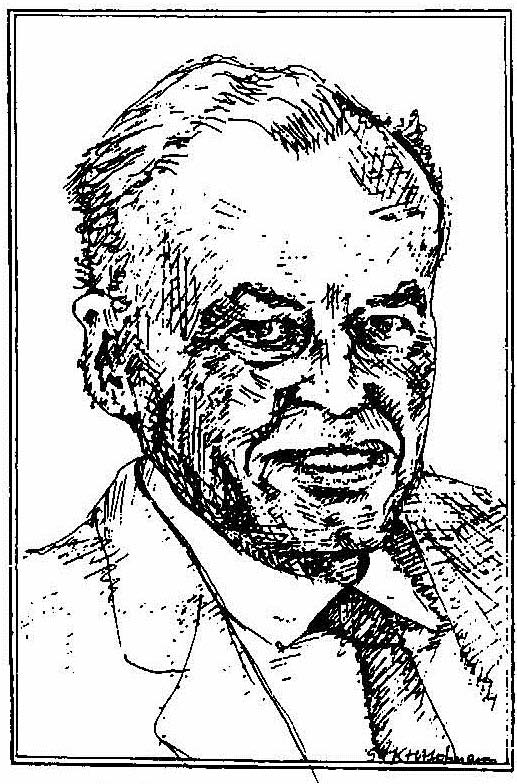
July 11, 1908 - December 27, 1992
Doctor of Philosophy, California Institute of Technology, 1933
Doctor of Science honoris causa, Tulane University, 1982
Meet our Speakers
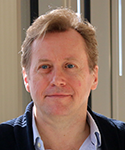
Tomasz Mrowka

John A Baldwin

Matt Hedden
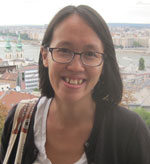
Jennifer Hom
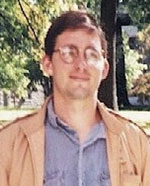
Paul Kirk
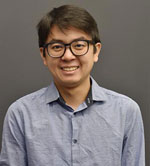
Francesco Lin
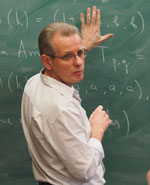
Nikolai Saveliev
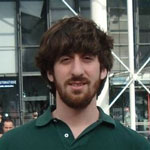
Steven Sivek
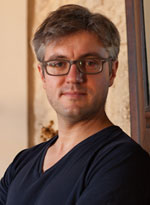
Raphael Zentner